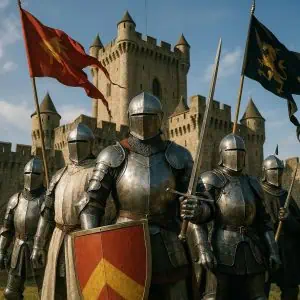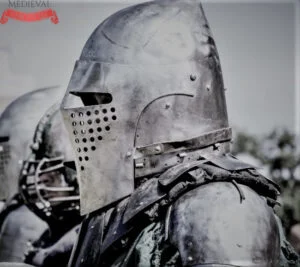When we picture a medieval knight, we often imagine a warrior in shining armor, charging into battle with a lance or defending a castle from invaders. Yet the role of a knight went far beyond combat. The life of a knight was shaped by a complex code of duty, balancing military service, religious devotion, and loyalty to lord and kingdom. Knights stood at the crossroads of warfare, politics, and morality in the Middle Ages. Their duties reflected not just military might but also the expectations of society and the ideals of chivalry.

🛡️ Military Service
At their core, knights were warriors. Their foremost duty was to serve in battle whenever their lord or king called upon them.
- Defending the realm from invaders or rebellious lords.
- Leading troops into battle and protecting the weaker infantry.
- Serving as elite cavalry, breaking enemy lines with their heavy charge.
💡 Did you know? Knights were so expensive to train and equip that many came from noble families, where wealth could cover the cost of horses, armor, and weapons.
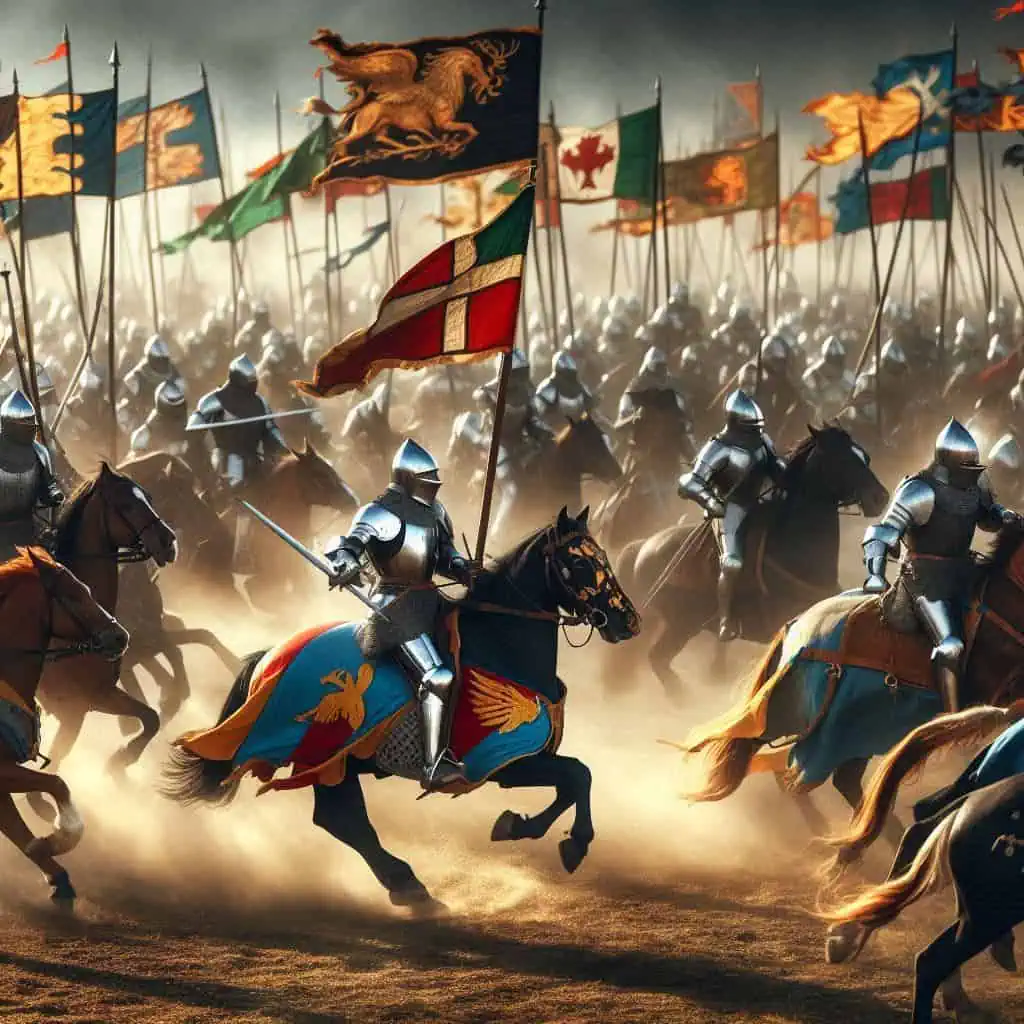
🤝 Loyalty to the Lord
Knights owed fealty to their lords, pledging loyalty in return for land or protection. This duty was central to the feudal system.
- Enforcing their lord’s authority across the land.
- Protecting castles and estates.
- Acting as enforcers in times of rebellion or unrest.
This loyalty wasn’t always straightforward. Some knights found themselves torn between conflicting allegiances, especially during times of civil war.
💡 Did you know? Breaking an oath of loyalty could result in disgrace, loss of lands, or even execution.
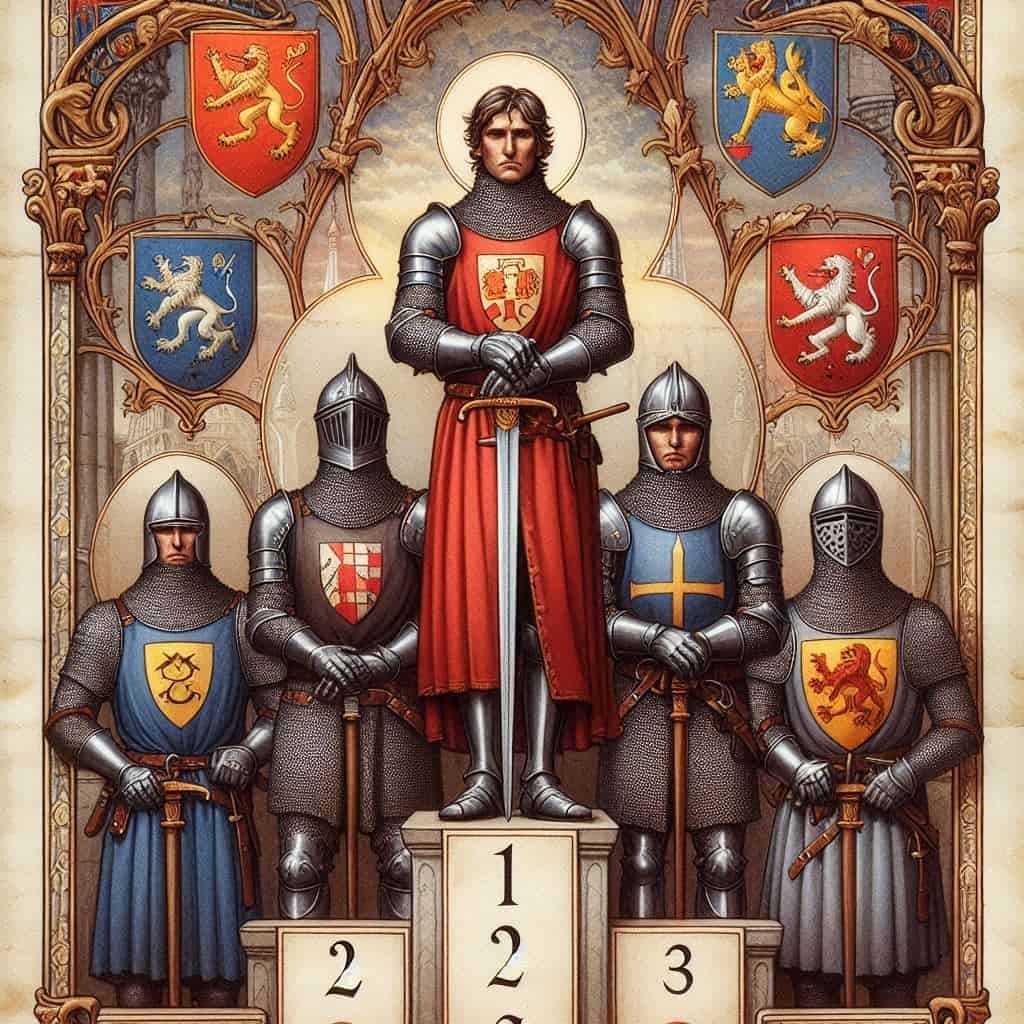
✝️ Religious Duty
Knighthood was deeply tied to Christian ideals. Knights were expected to defend not only their lords but also the Church.
- Joining crusades to fight in the Holy Land.
- Protecting pilgrims traveling across Europe.
- Supporting monasteries and churches through donations or service.
The knightly code of chivalry combined warfare with piety, blending the sword with the cross.
💡 Did you know? The famous phrase “knights in shining armor” often had a religious undertone, symbolizing purity and devotion as well as martial skill.
⚖️ Protector of the Weak
One of the ideals of knighthood was to protect those who could not protect themselves.
- Defending peasants from raiders or bandits.
- Guarding widows and orphans.
- Ensuring justice was upheld in local disputes.
While this duty was often more ideal than reality, many knights sought to embody this principle, and it was celebrated in medieval literature.
💡 Did you know? Medieval romances like Le Morte d’Arthur popularized the idea of the knight as a noble protector, even if real knights were not always so virtuous.
🎖️ The Code of Chivalry
Perhaps the most famous duty of a knight was adherence to the chivalric code — a moral and social guide to behavior.
- Honor in combat (fighting fairly and bravely).
- Courtesy toward women and the court.
- Mercy toward defeated enemies.
Though not always followed perfectly, the chivalric code shaped the cultural identity of knighthood and continues to influence modern ideas of honor.
💡 Did you know? By the 14th century, knights’ tournaments were as much about displaying chivalric values as about training for real combat.
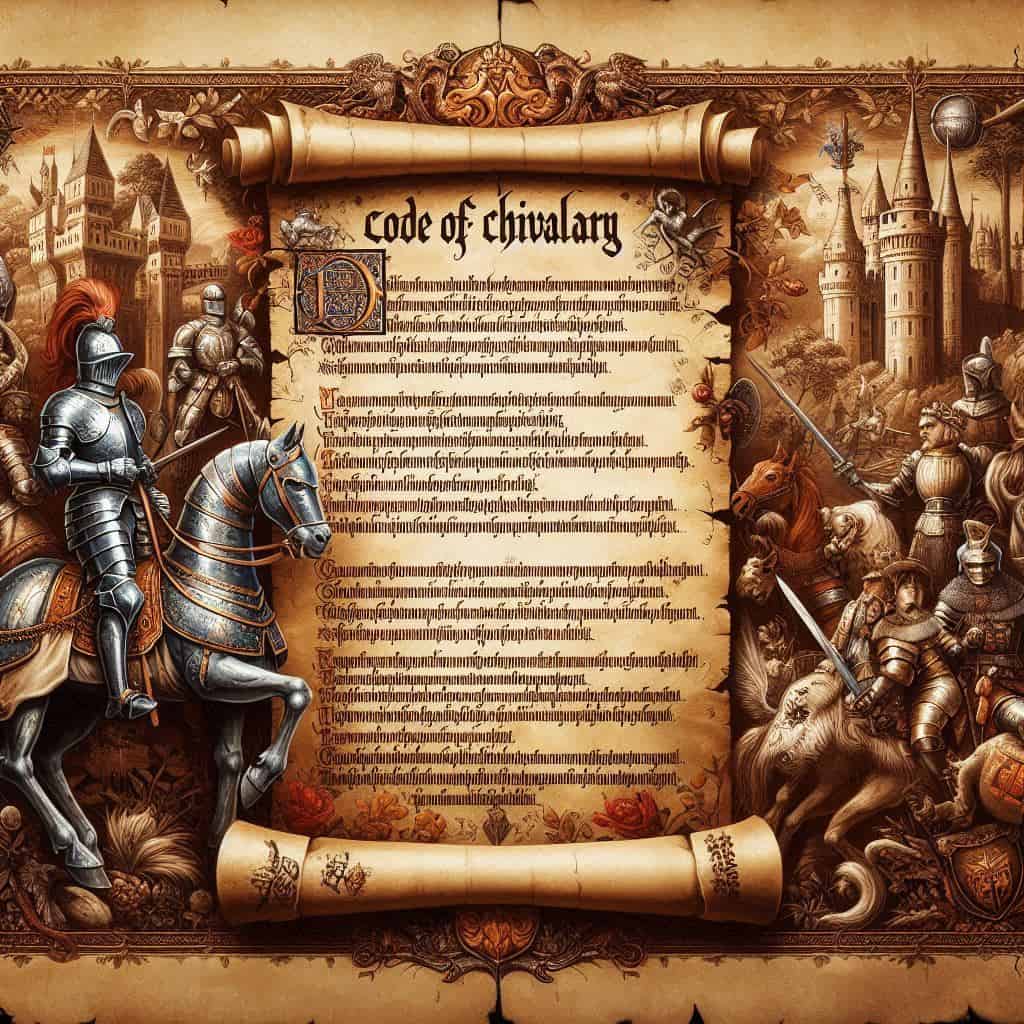
📜 Knights as More Than Warriors
The life of a medieval knight was one of service, sacrifice, and status. They were warriors, yes, but also symbols of loyalty, faith, and honor in a turbulent age. Their duties extended from the battlefield to the church, from serving lords to protecting the weak.
Though the reality of knighthood was often more complicated than the ideals portrayed in legend, knights remain one of the most enduring figures of the Middle Ages. Their blend of martial skill and moral duty has left a legacy that continues to inspire literature, film, and modern culture.
📚 References
- Keen, Maurice. Chivalry. Yale University Press, 1984.
- Coss, Peter. Knighthood in Medieval England. Alan Sutton Publishing, 1993.
What were the main duties of a medieval knight?
A medieval knight was expected to serve in battle, defend the realm, uphold loyalty to their lord, protect the weak, and follow the chivalric code.
Did medieval knights follow the code of chivalry?
Knights were supposed to follow the chivalric code, which emphasized honor, loyalty, courtesy, and religious devotion, though in practice many fell short.
How were medieval knights connected to the Church?
Knights were often sworn to defend Christianity, joining crusades, protecting pilgrims, and supporting churches and monasteries through service or donations.
Were knights only warriors?
No, knights also acted as enforcers for their lords, protectors of peasants, and symbols of chivalry in medieval society.
How did knights train for their duties?
Training began in childhood, with boys starting as pages and squires before becoming full knights through years of military training and service.
Did medieval knights always protect peasants?
In theory, knights were expected to protect peasants and the weak, but in reality, many knights could be harsh enforcers of feudal obligations.
What was the daily life of a medieval knight like?
A knight’s daily life included military training, managing estates, religious observance, and serving their lords in both war and peace.

